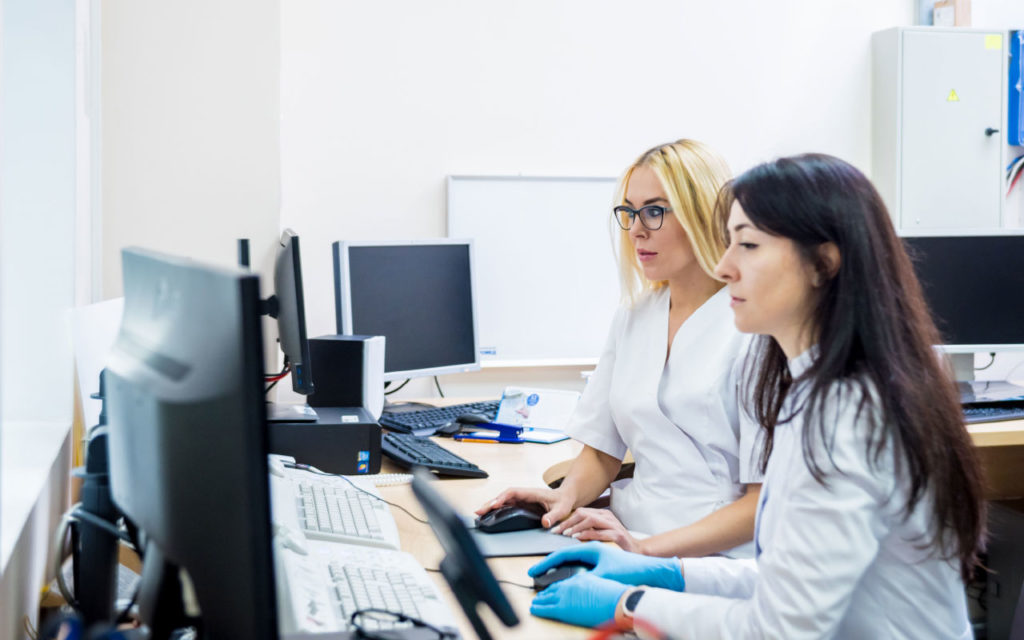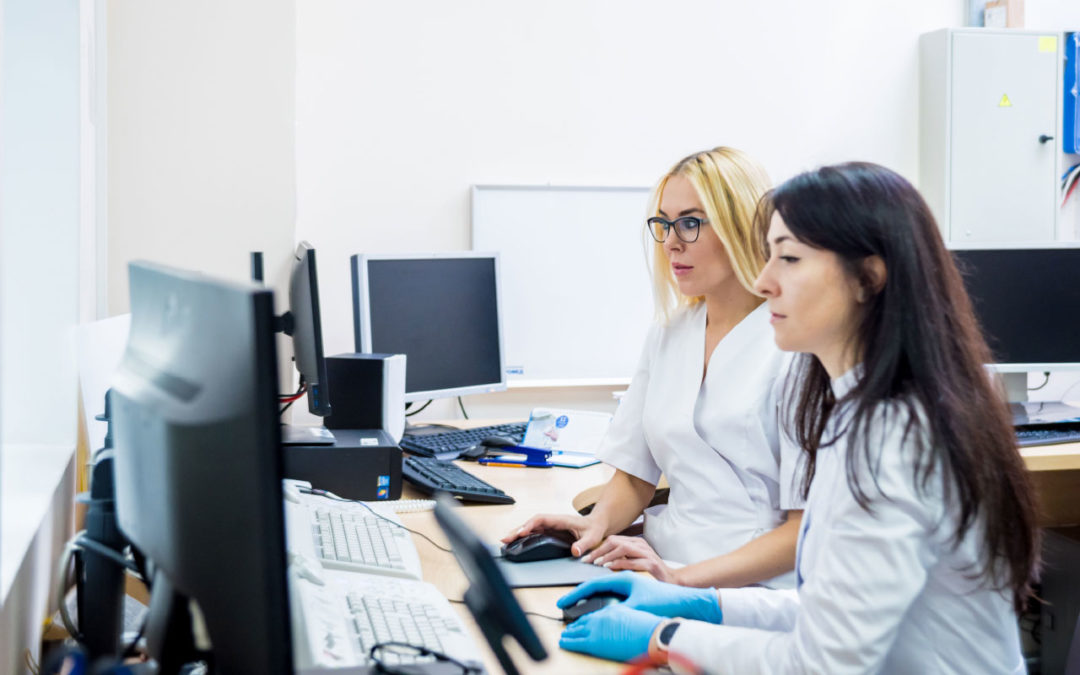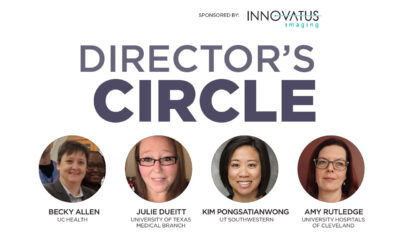
By Beth A. Allen
 As imaging professionals, we have continuing education requirements tied to our licenses. It is pretty easy to obtain those credits through the AHRA, ASRT, conferences, training, webinars and articles. I would like to consider the valuable continuing education that is possible through mentorship. Although we cannot earn CE credits for it, this type of experience and education can change your life.
As imaging professionals, we have continuing education requirements tied to our licenses. It is pretty easy to obtain those credits through the AHRA, ASRT, conferences, training, webinars and articles. I would like to consider the valuable continuing education that is possible through mentorship. Although we cannot earn CE credits for it, this type of experience and education can change your life.
I recently spoke with Banner Imaging CEO Jason Theadore about this subject.
BA: So, let’s get right to it, what are some of your thoughts on what mentorship is?
JT: Mentor is a term taken from Greek mythology with a general meaning of a “trusted counselor to a hero.” This sets up the relationship perfectly by defining the protégé as the hero and that the mentor must become a trusted advisor. It takes time to become a worthy advisor. In the best relationships, there is mutual gain and benefit to maturing both the mentor and protégé.
BA: That sounds like this could be a great experience for everyone.
JT: People who are self-satisfied have no need for mentoring. Mentoring is for people that want more, have clear personal and professional goals and want help reaching them. Being mentored is difficult for adults. Most people do not want advice, even when they ask for it.
BA: If people do not really want advice, what principles can be useful in mentorship?
JT: The relationship recognizes that adults learn differently than children:
- Adult learners expect to be respected
- Adults are self-directed, motivated and goal oriented
- Adults bring both life and learning experiences
- It is never a one size fits all when providing mentorship
Knowing that, there needs to be a certain equality between the mentor and protégé in a real adult learning relationship.
BA: Have you been part of a mentorship relationship and is there one that sticks out as the best?
JT: I have been fortunate enough to be in both the mentor and the protégé seat so to speak. Much of how I think about mentorship is from one specific mentor. The relationship started with sincere mutual respect between us. I was impressed that it was not a resume builder for this mentor. It was a relationship based on the fact that he wanted me to be successful. Period. To help me, he always treated me as a colleague even when he shared what some would think was tough love or a difficult message. He had a way of always being explicit about any action he suggested I take. That always helped me see the relevance of the ideas and actions he suggested. Maybe the most important aspect is that the relationship never ended, and we became good friends. That really reinforced, to me, that there is something for both the mentor and protégé.
BA: At Banner Imaging, we have accountability partners since one of our key values is to foster accountability. How is that different than mentorship?
JT: From my perspective, it is different. Accountability partners are not always mutually exclusive and are best when the partners, or group, knows exactly what needs done. I think about the Four Disciplines of Execution (4DX). Narrow the focus, act on lead measures, keep score and drive accountability. The accountability partner relationship is more tactical.
Both relationships help the individuals involved become accountable. When we are accountable, we stop deflecting responsibility and come to realize that our decisions drive the outcome. We can truly create the future when we are accountable.
BA: I appreciate this discussion on mentorship and the positive effect it has on both the mentor and the protégé. My hope is that this will inspire someone to seek a mentor to propel themselves forward or to become a mentor for a new leader. It will make a difference for both.
Thank you.








